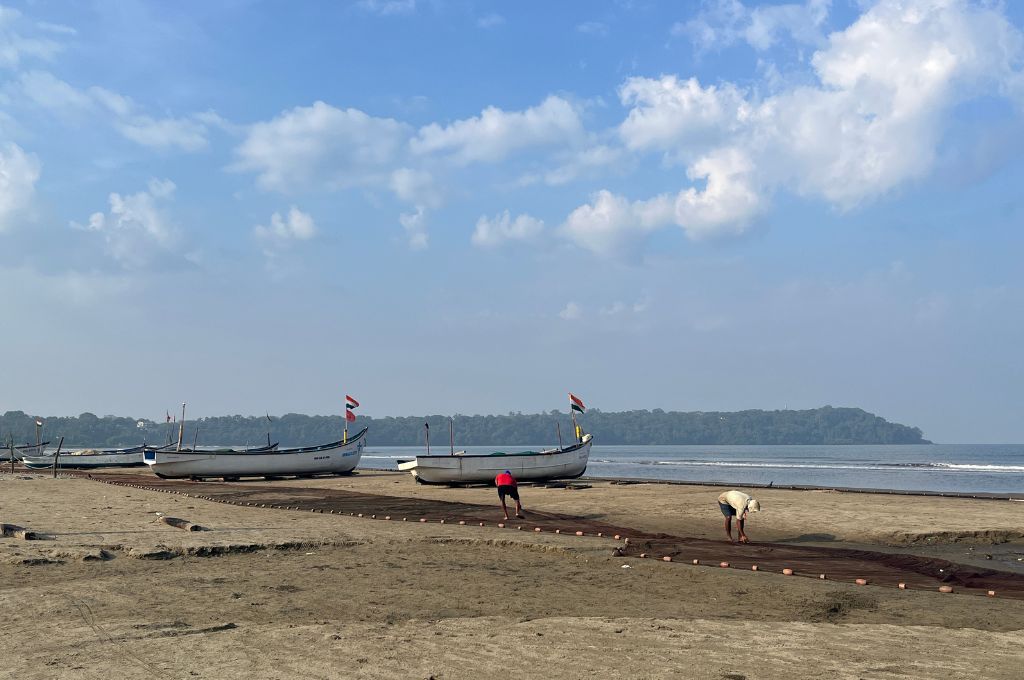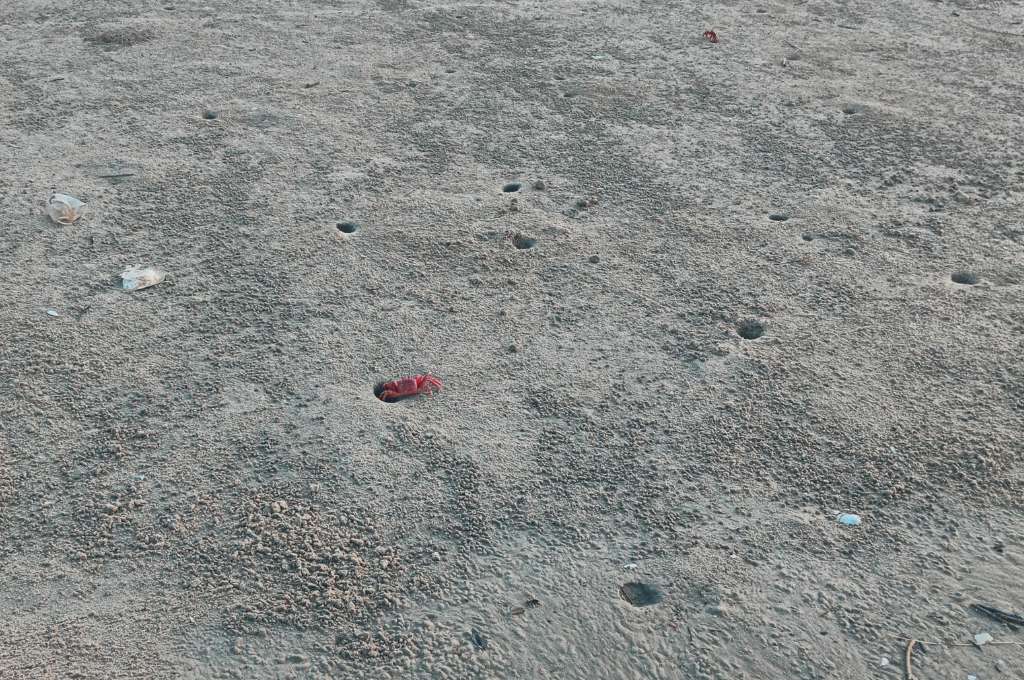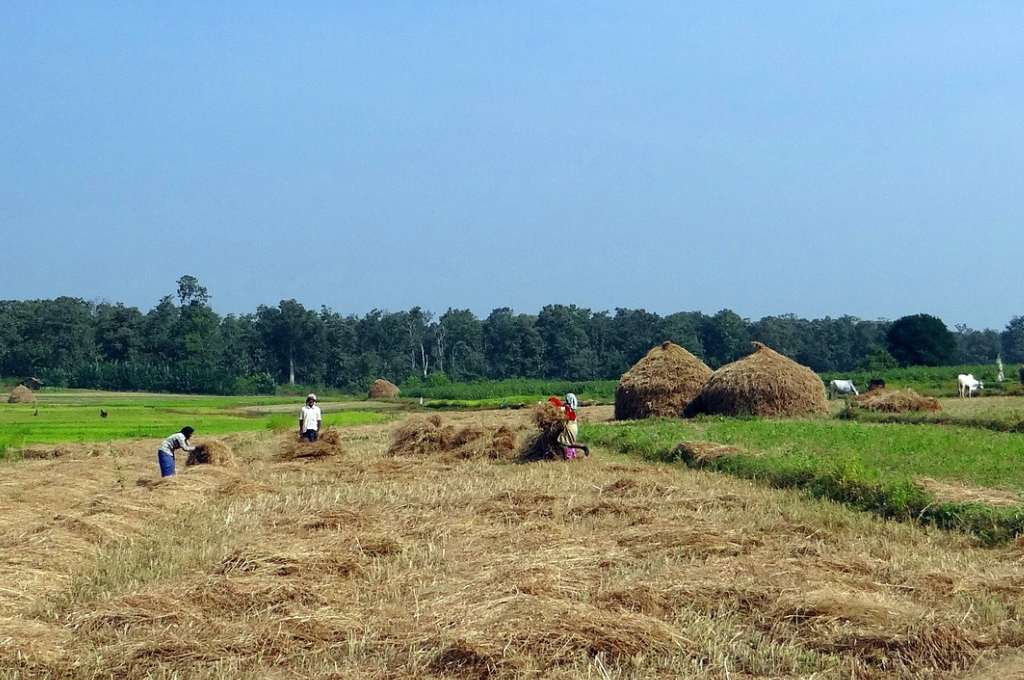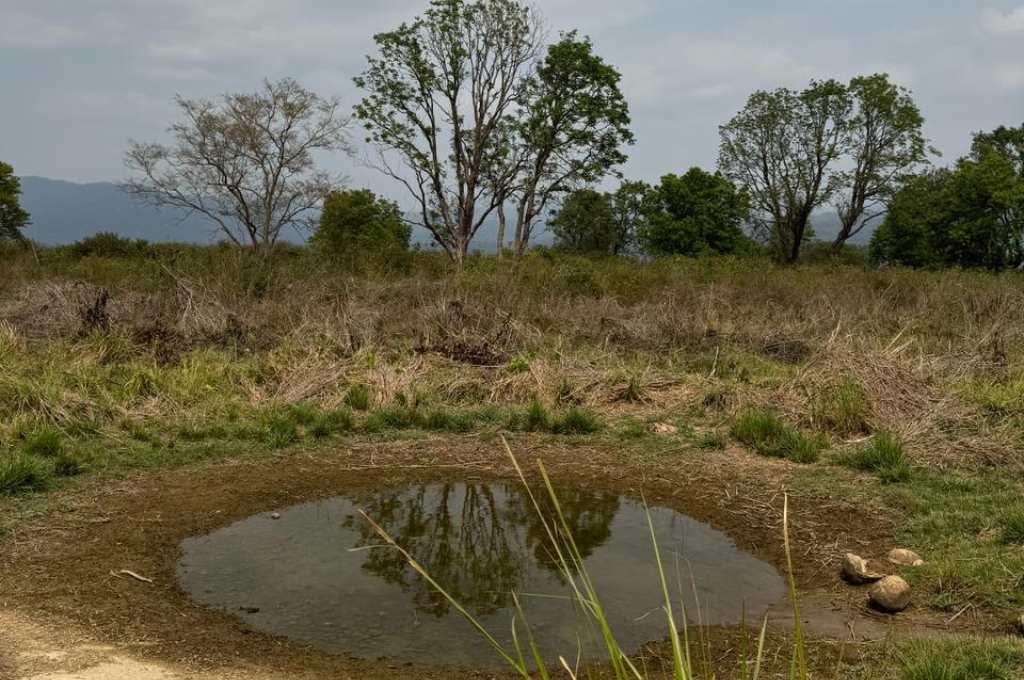READ THIS ARTICLE IN
Why a village community in Madhya Pradesh wanted to build a well
Back in 2008 I was in Salidhana, a village in the Khalwa block of Khandwa district in Madhya Pradesh—home to many indigenous communities.
The village people took me to a barsati (rain-fed) river, which was several metres below their village. I learnt that many of the women in the village were getting injured as they would slip and fall while climbing back from the riverside with their vessels filled water. To address this, we decided to build stairs down the mountain for better access through our Cloth for Work programme in Salidhana. It seemed to be the perfect plan.
While climbing back to the village from the river, I asked an elderly person from the community what issues he thought needed immediate resolution. He answered, “We want a well.” I was surprised, and asked, “Why a well? It is a small village. And once you have stairs, the village will have easy access to the handpump that we installed near the river. The river is a water catchment area so there is no way that the handpump will dry up.’’
He listened intently, then smiled and said, “Beta, what you are saying is right. But during monsoon the river water rises, which means we won’t be able to reach the handpump.” All my theories derived from formal education crumbled. There was a pump in the water catchment area and we were planning on building a staircase, but this was still not enough to solve the problem of access to water.
Theory and, many times, our experiences tell us that having a pump in the catchment area is key to making water accessible. However, these don’t always factor in the context and the surroundings that may make the pump inaccessible. We ended up digging a well with the village people guiding us, because when we truly listened we realised that the well was a need for them, and it was a solution too. We found water at 18 feet from the ground, where they had told us we would.
Anshu Gupta is the founder-director of Goonj, a nonprofit that works on community development.
—
Know more: Read this story to learn about urban India’s groundwater dependence.



